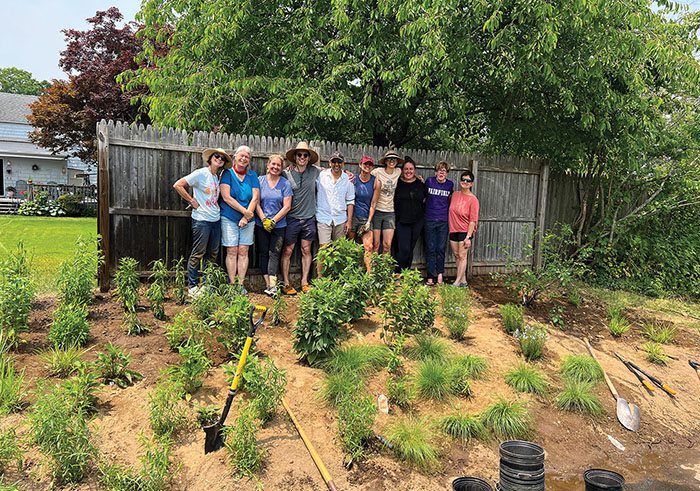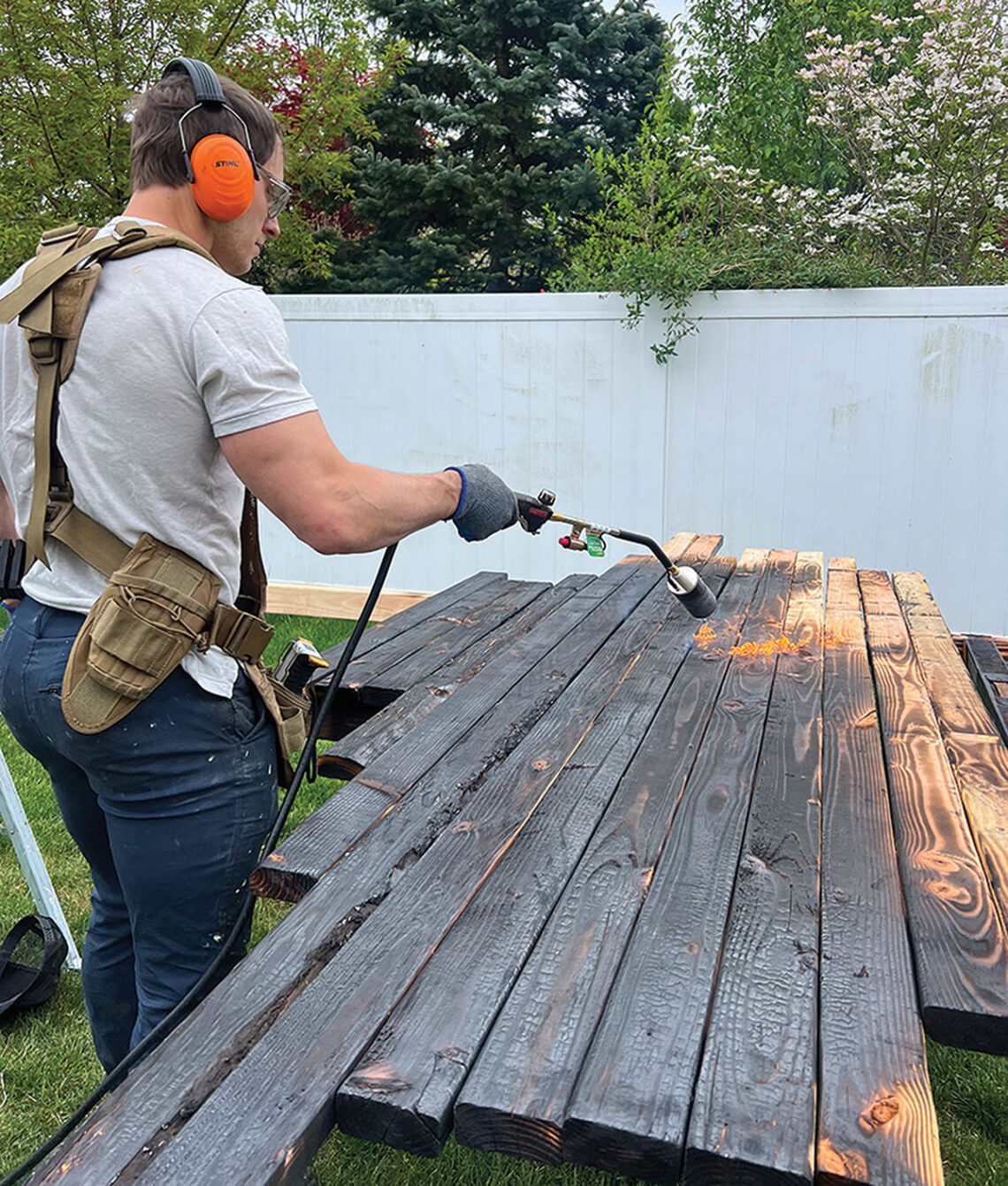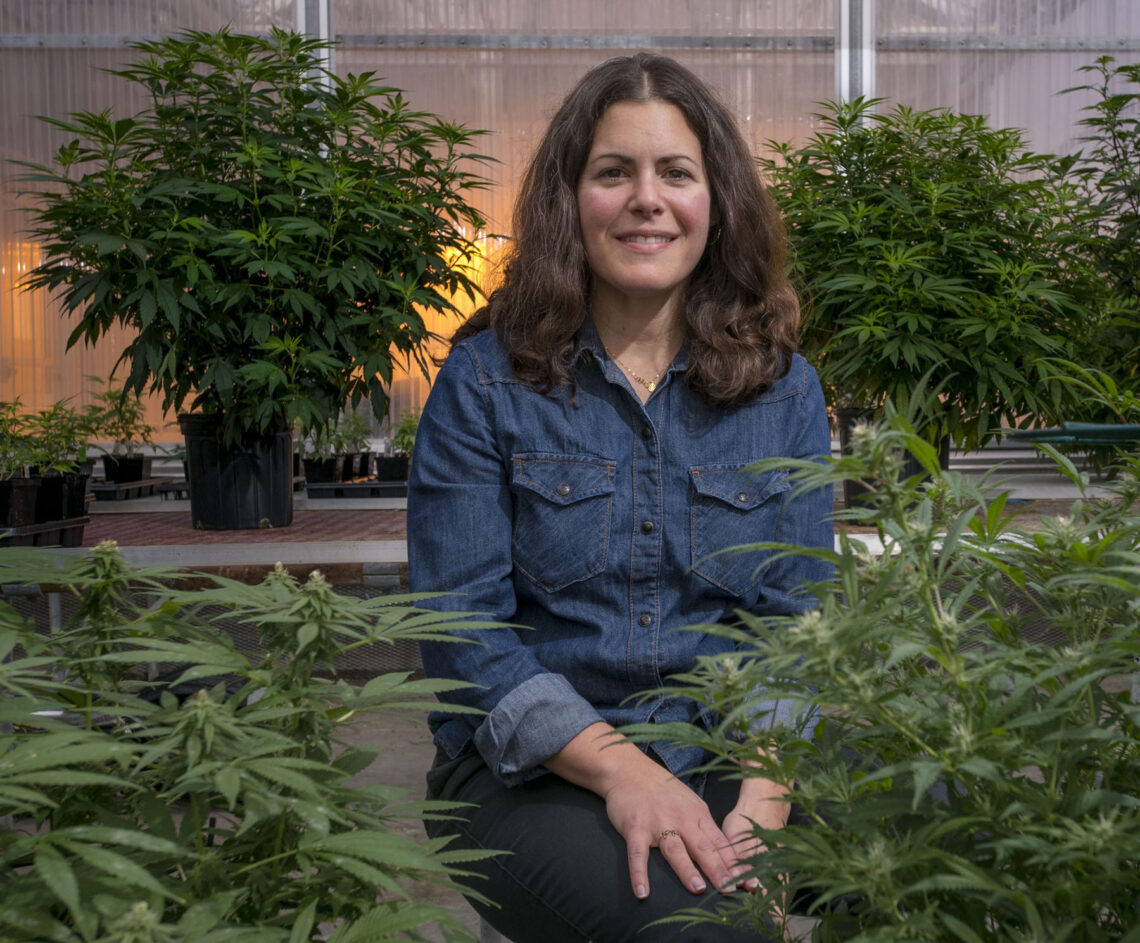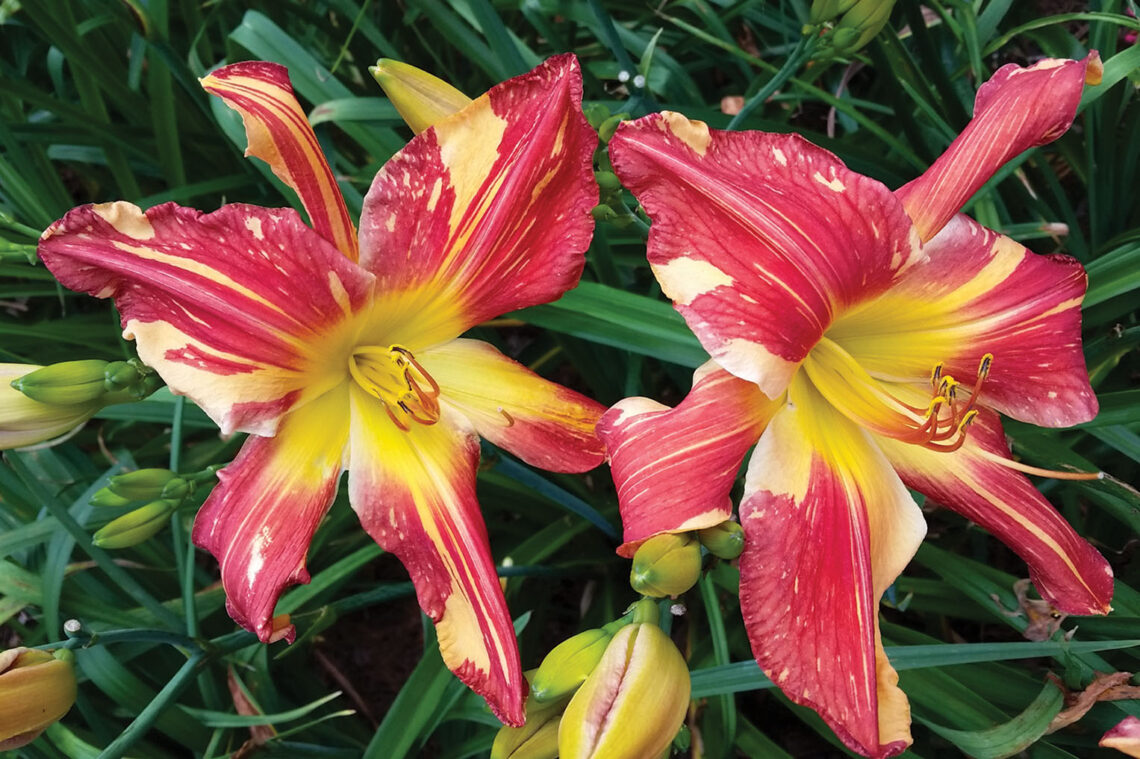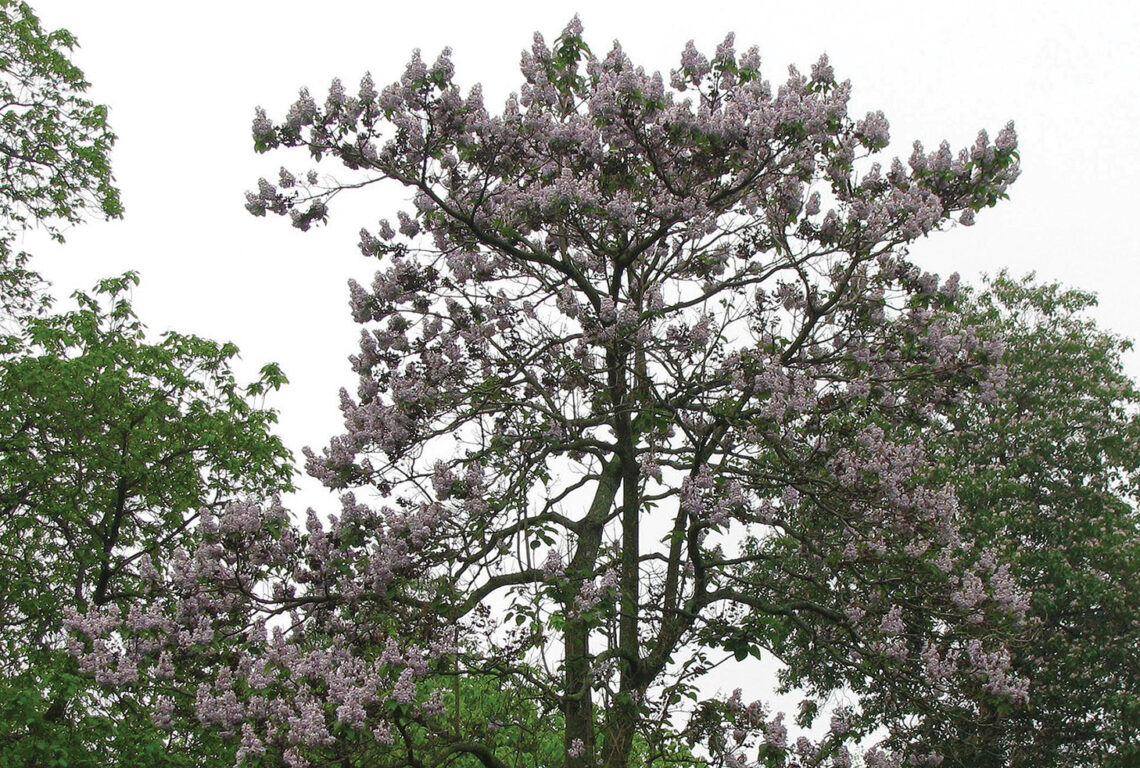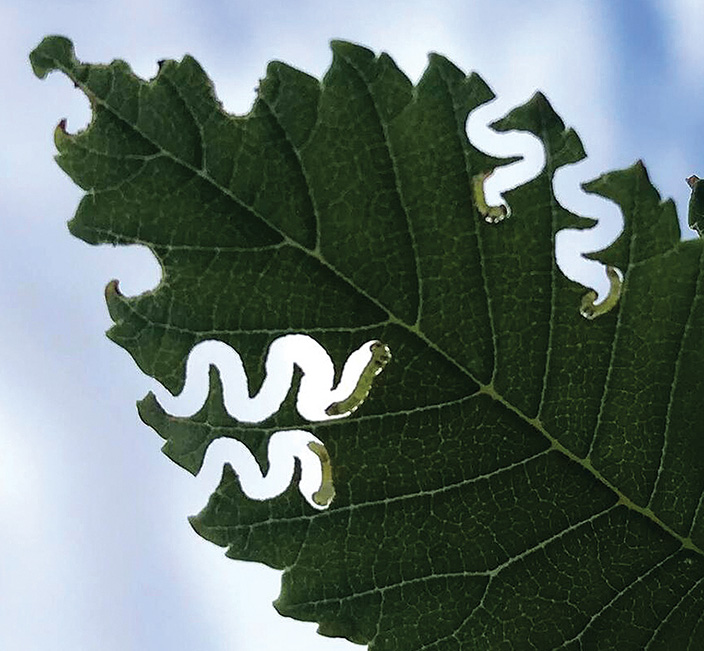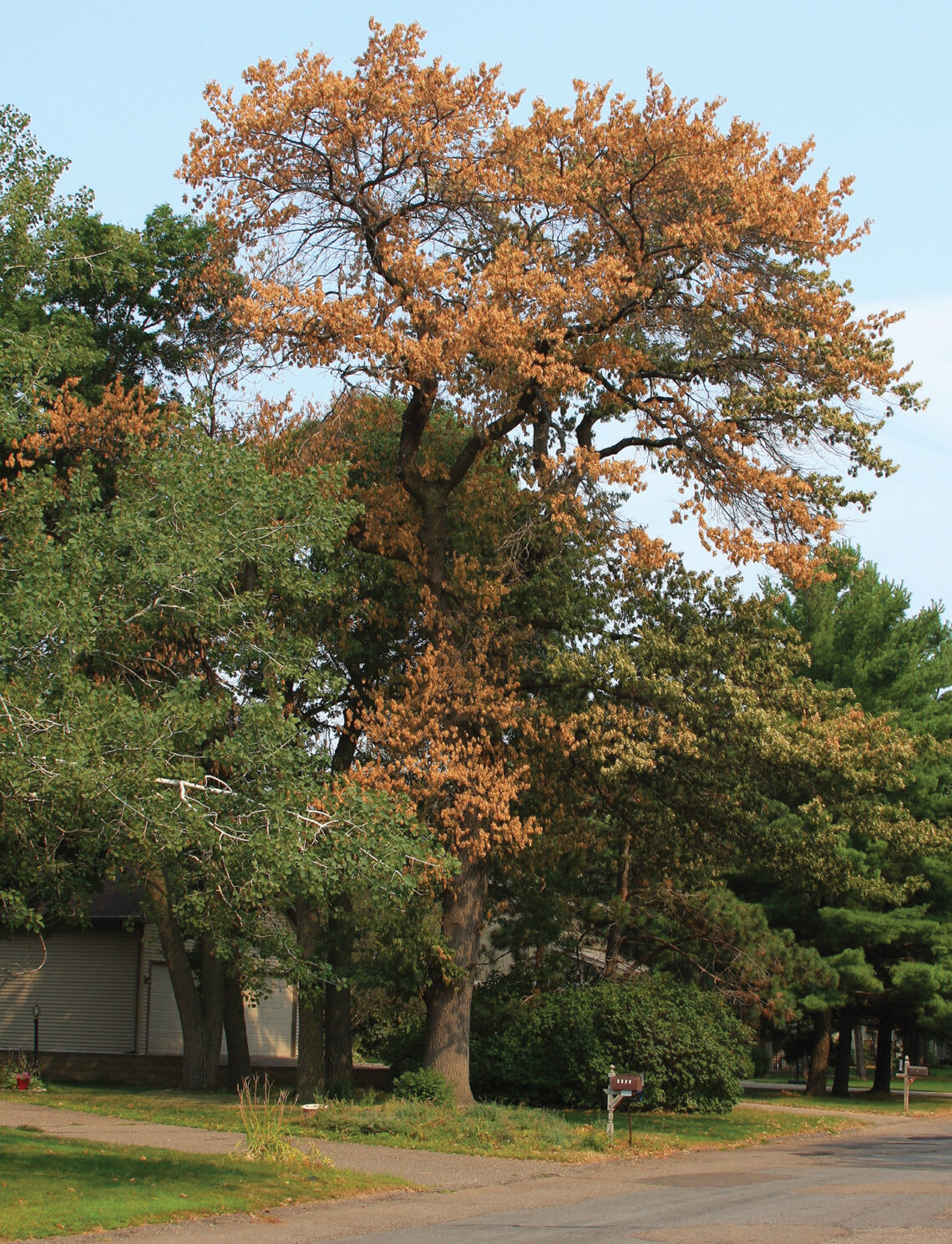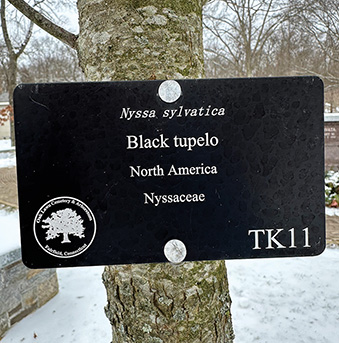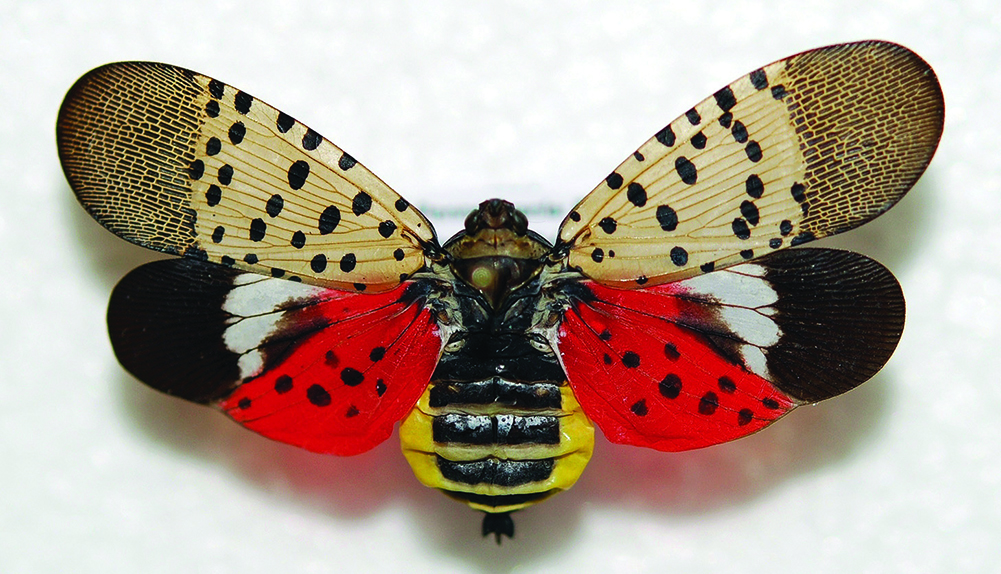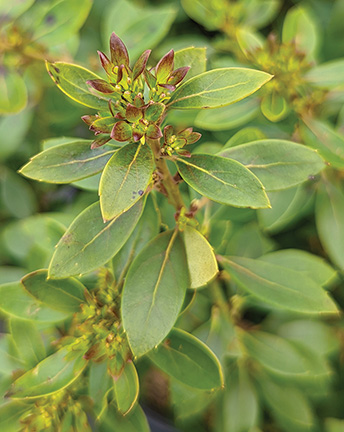By Erica Donigan It was early spring of 2023, and neighbors on unassuming Lindbergh Court in Fairfield, CT, were gathered outside on a brisk weekend morning. They chatted and caught up, and noticed the slightly overgrown grassy slope, that had become more and more difficult for its owners on Fairfield Place to maintain. A stretch of three Fairfield Place properties back all the way up to Lindbergh Street with a challenging-to-care-for and inaccessible 12-foot-deep grassy slope behind their backyard fences. That grassy slope side behind their fences is the center of the neighborhood where Lindbergh Court meets Lindbergh Street, where block parties ensue and where neighbors gather as kids bike…
-
-
Shou Sugi Ban (Yakisugi) for Gardeners
By Tom Donigan This winter we decided to upgrade our raised beds. We installed a small raised bed garden during the pandemic and have loved harvesting fresh vegetables with our young family. The goal with the new garden was to create one that was both long-lasting and beautiful. My wife Erica found a video by James Prigioni where he used the Shou Sugi Ban technique to create the long-lasting and beautiful garden we were targeting. [Editor’s Note: The technique is also often called Yakisugi.] The Shou Sugi Ban process preserves wood by burning it using a direct flame. This process makes the wood resistant to insects, rot, and fire. We…
-
How Hemp Could Save Horticulture
By Mac Murray This story previously appeared in UConn Today Hemp is emerging as an unexpected remedy for one of the horticulture industry’s hidden environmental harms, thanks to research from horticulture professor Jessica Lubell-Brand. For years, gardeners have relied on a particular soil additive to facilitate the growth of a wide variety of plants, from azaleas to blueberries: peat moss. It’s a common ingredient in bagged potting soil mixes, and easy to find at most garden and home supply stores. “It’s really hard to beat all the good qualities of peat moss for growing plants,” Lubell-Brand says. “It holds water well, and it doesn’t decompose too quickly.” But the environmental…
-
New Daylilies from Local Hybridizers
By Russ Allen You would probably never have guessed that some of the most beautiful new daylilies were created by gardeners located in our very own Southern New England area! To illustrate this, the author went on the following quest to highlight some of them for you. BackgroundDaylilies (also referred to as the “perfect perennial”) are quite amenable to hybridizing by local gardeners to create gorgeous new varieties. The performance of daylilies (such as bloom quantity and quality, multiplication rate, weather tolerance, etc.) can vary widely depending on the climate zone, so selecting daylilies that are outstanding performers in one’s geographic area is important. The QuestSince the author lives in…
-
Invasive Princess Tree
Princess tree (Paulownia tomentosa) is a fast-growing 30-60 foot deciduous tree native to China that spreads by releasing thousands of tiny winged seeds in the fall. It’s considered invasive and is banned in Connecticut. It is illegal to import, move, sell, purchase, transplant, cultivate or distribute. Also called Empress Tree and Royal Paulownia, it was named after Anna Pavlovna, the daughter of Czar Paul I. It was brought to Europe in the 1834 by the Dutch East India Company and made it to North America in 1844. The seeds were used as packing material by Chinese porcelain exporters before the advent of polystyrene. It was reportedly touted as a wonder…
-
Elm Zigzag Sawfly Found in the Berkshires
According to UMass Amherst, elm zigzag sawfly (Aproceros leucopoda) has been found in Berkshire County in western Massachusetts and Hampden County in south-central Massachusetts. Sometimes called EZS, it’s native to Eastern Asia but is now considered invasive in Europe and North America. It was first detected in North America in Sainte-Martine, Quebec in 2020 but has since been spotted in Maryland, Massachusetts, New York, Pennsylvania, Vermont and Virginia. The larvae of this sawfly can cause defoliation of host trees (Ulmus spp.) as the larvae feed on leaves. This could exacerbate the decline of elm trees already threatened by Dutch elm disease (Ophiostoma ulmi). It is unclear at this point which…
-
Something Wilting This Way Comes
Oak wilt was spotted nearby in Brooklyn and Long Island in 2016. It’s a serious vascular disease caused by a fungus (Bretziella fagacearum) that threatens oaks. The fungus penetrates the xylem and restricts the flow of water and nutrients up toward to leaves. It was first described in Wisconsin in 1944. Two other vascular diseases you’ve probably heard of are Chestnut Blight and Dutch Elm Disease. Bad company. Oak wilt can be spread by insects and root-to-root contact with other oak trees. The human movement of firewood is another important vector. The symptoms include leaf discoloration, leaf wilt, defoliation and death of the tree, which can occur in just one…
-
Creating an Outdoor Tree Museum
By Charlie Stebbins An “Arboretum” is an outdoor “tree museum,” open to the public and offering a verdant sanctuary of quiet and beauty. With forests worldwide threatened by development, invasive pests, diseases, and plants, plus poor management practices, the need for quality “arboreta” was never so pressing. Fortunately, the expanding community of tree-loving enthusiasts grows increasingly strong! Arboreta have been around since Roman times and today they total about 4,000 globally. Botanical gardens feature herbaceous flowers and grasses, while trees and woody shrubs are the stars in an arboretum. Long ago, arboreta were simply “places of trees,” randomly arrayed in old cemeteries, universities or municipal parks. Documentation, landscape legacy, and…
-
Spotted Lanternfly Quarantine Renewed
The Connecticut Agricultural Experiment Station (CAES) in cooperation with USDA APHIS Plant Protection and Quarantine (PPQ) continued to detect expanding populations of the spotted lanternfly (SLF) in Connecticut through 2023. The Director of CAES hereby announces the renewal of the Order of Quarantine for SLF that was established July 1, 2021, effective January 1, 2024. More information about SLF, the quarantine order and state quarantine requirements can be found at: https://portal.ct.gov/CAES-SLF In 2020 through 2023, multiple adult SLF populations were detected in Fairfield, Hartford, Litchfield, Middlesex, New Haven, and New London Counties. The distribution of this insect continues to expand, posing a threat to the agriculture and forests of Connecticut,…
-
In Search of an Improved Inkberry
By Michael Dirr Ilex glabra, inkberry or gallberry, one of best native broadleaf evergreen shrubs, is used extensively in contemporary landscapes from Maine to Georgia and throughout the Midwest. The native range extends from Nova Scotia to Maine, south along the coast to Florida and west to Texas. According to the Florida Native Plant Society, the species grows in low flatwoods, seeps, coastal swales, bogs and sinks. I observed the species in wet areas on Cape Cod where it formed suckering colonies and in low flatwoods in the Okefenokee Swamp in South Georgia. Bonnie and I were hiking In the Okefenokee through thickets of this and Aronia arbutifolia and all…
